What to Do When You Have Clogged Ears
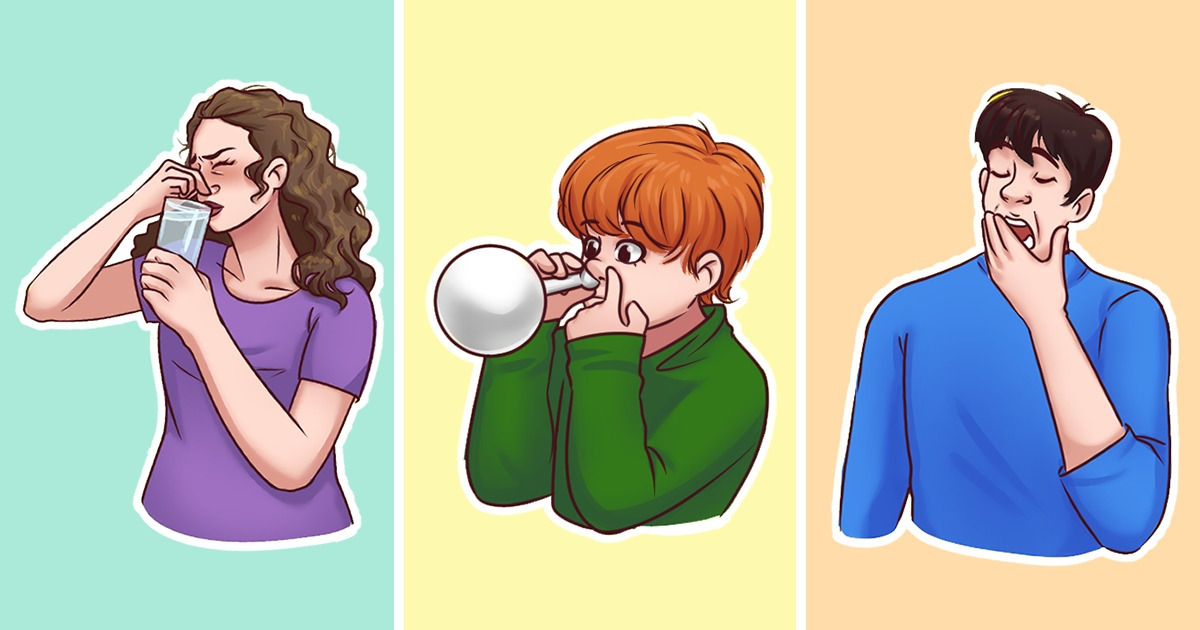
Likely everyone has had the unpleasant sensation of clogged ears. It may happen when we’re sick, flying on a plane, or even taking an elevator. And in an attempt to clear them again, we try every trick in the book to get relief.
5-Minute Crafts is going to tell you what to do if you get clogged ears.
❗ Important: This article is for informative purposes only and can’t replace the recommendations of experts.
Why we get clogged ears
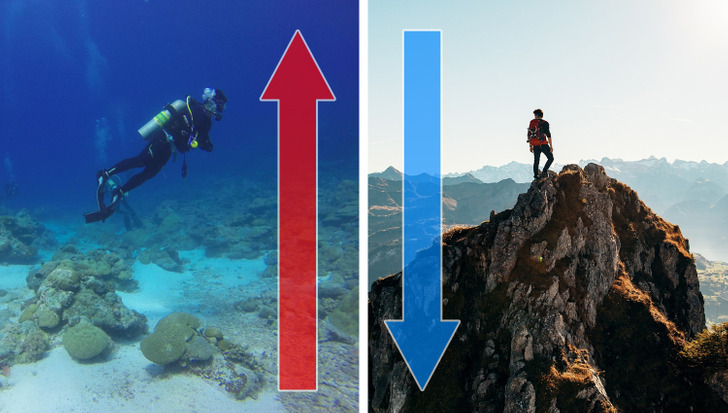
We feel the feeling of clogged ears when the eustachian tubes — which run between your middle ear and the back of your nose — become blocked or when the pressure inside the ears is different from the pressure outside. We might also have pain in the ears, tension, bad hearing, and dizziness.
The medical term for this is ear barotrauma.
Very often, it happens due to a sudden increase or decrease in pressure. For example, when you are diving deep into the water, hiking up a mountain, taking an elevator, or riding on a plane.
The thing is, when we go up, the atmospheric pressure decreases, and when we go down, it increases. So the pressure outside the ear becomes different from the pressure inside the Eustachian tubes, so we feel a clogging sensation.
Another reason for this is when the Eustachian tube becomes blocked. When the eustachian tube is blocked, it prevents the air bubble from moving into the middle ear, eventually creating a vacuum and pulling on the eardrum.
A stuffy nose or earwax can cause this.
What to do if you have clogged ears
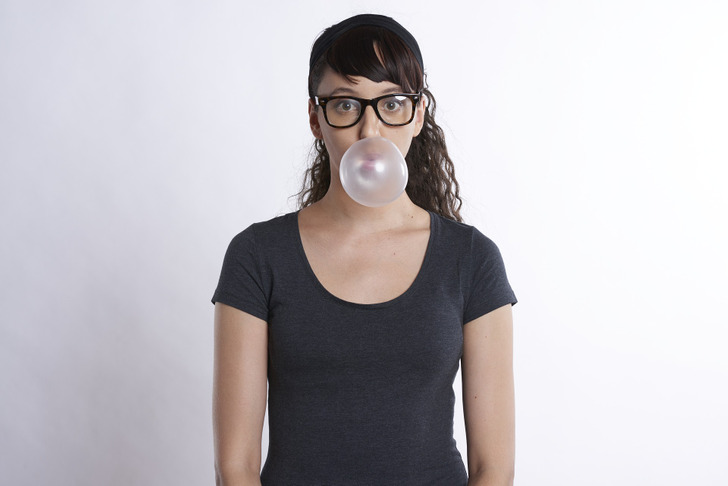
To minimize the sensation of clogged ears when the altitude changes, you need to go up or down slowly, giving the Eustachian tubes time to even out the pressure.
But you can’t always control how fast the altitude changes. To get rid of the clog, you need to open the Eustachian tubes.
- Yawn. When you open your mouth to yawn, you swallow air. Swallowing and moving your mouth can even out the pressure.
- Move your jaw. It can help open the Eustachian tubes and lower the pressure.
- Drink something. When swallowing liquids, the pressure inside the ears evens out. If it doesn’t help, try drinking while pinching your nose.
- Chew. You can also chew gum to pop your ears. Chewing gum helps produce saliva and increases swallowing. Moving your jaw when chewing may also pop your ears.
- Blow up a balloon. The pressure you will create when blowing up a balloon will help pop your ears.
There are 2 popular methods to help you unclog your ears. Both of them create pressure to open the Eustachian tubes.
- The Valsalva maneuver: Close your mouth and pinch your nostrils. Breathe out carefully, not letting any air escape through your mouth or nose.
- The Toynbee maneuver: Close your mouth, pinch your nostrils closed, and swallow.
Special tools
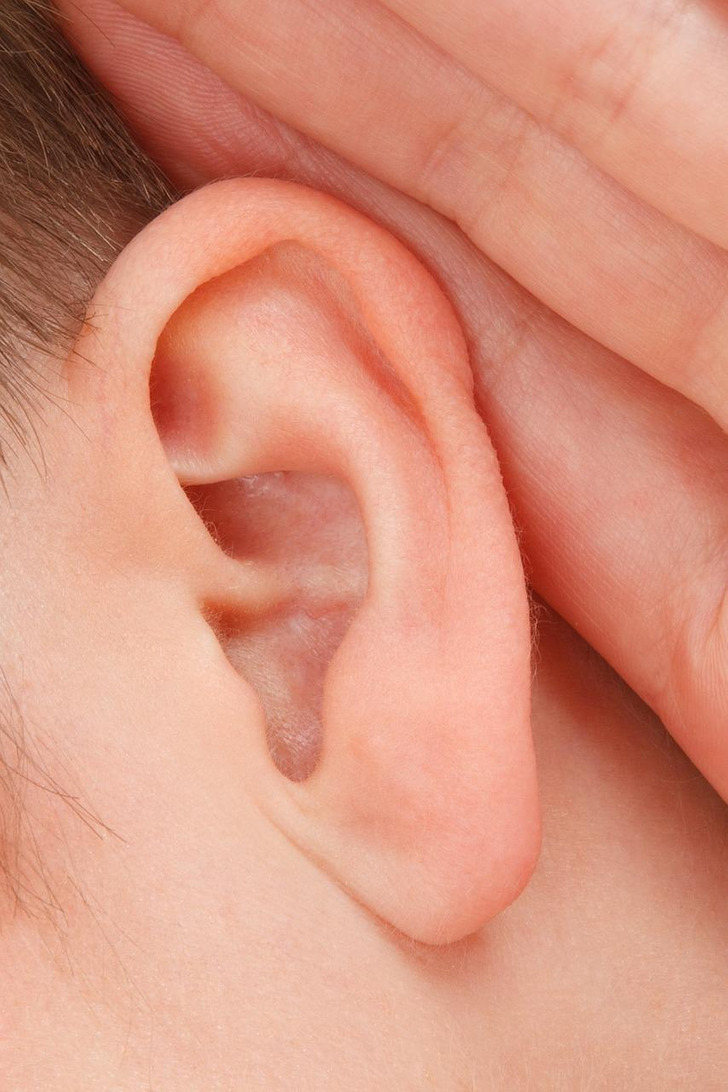
There are special tools that help people pop their ears. They are needed when the methods we described above don’t help.
- Special earplugs can help regulate the flow of air from the environment into the ear. They are cheap and safe.
- An Otovent is a device that looks like a small air balloon with a nozzle. Insert the nozzle into your nostril and pinch the other nostril with your finger. Blow up the balloon with your nose.
When it’s time to see a doctor
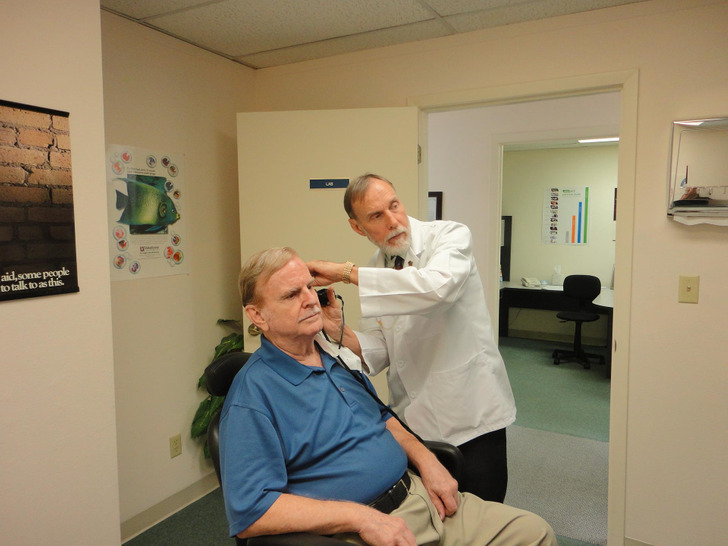
If you often have clogged ears and none of the methods above help, you should probably see a doctor.
Remember that certain health issues can cause clogged ears:
- Earwax buildup
- Sinusitis, or inflammation of the lining of the sinuses
- Allergies
- Flu or cold
- Bacterial or viral sinus infections
- Meniere’s disease, which occurs when fluids build up in the labyrinth of the inner ear
- Structural anomalies
- Acoustic neuroma — a benign tumor on the vestibulocochlear nerve
- Cholesteatoma — a benign skin growth that develops in the middle ear
- Serous otitis media — an infection of the cavity behind the eardrum
- Temporomandibular joint (TMJ) problems, which can occur as a result of abnormal jaw alignment, injury, or teeth grinding